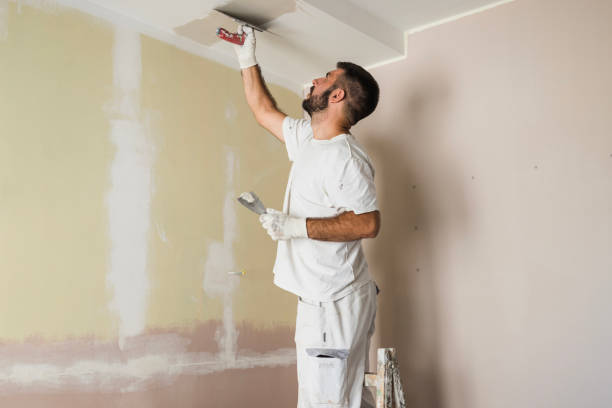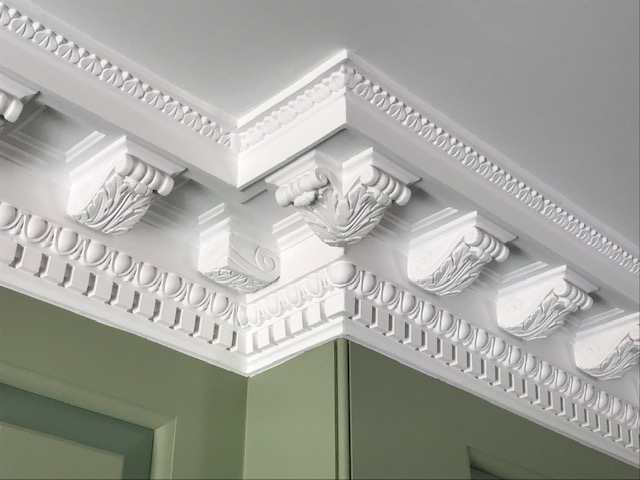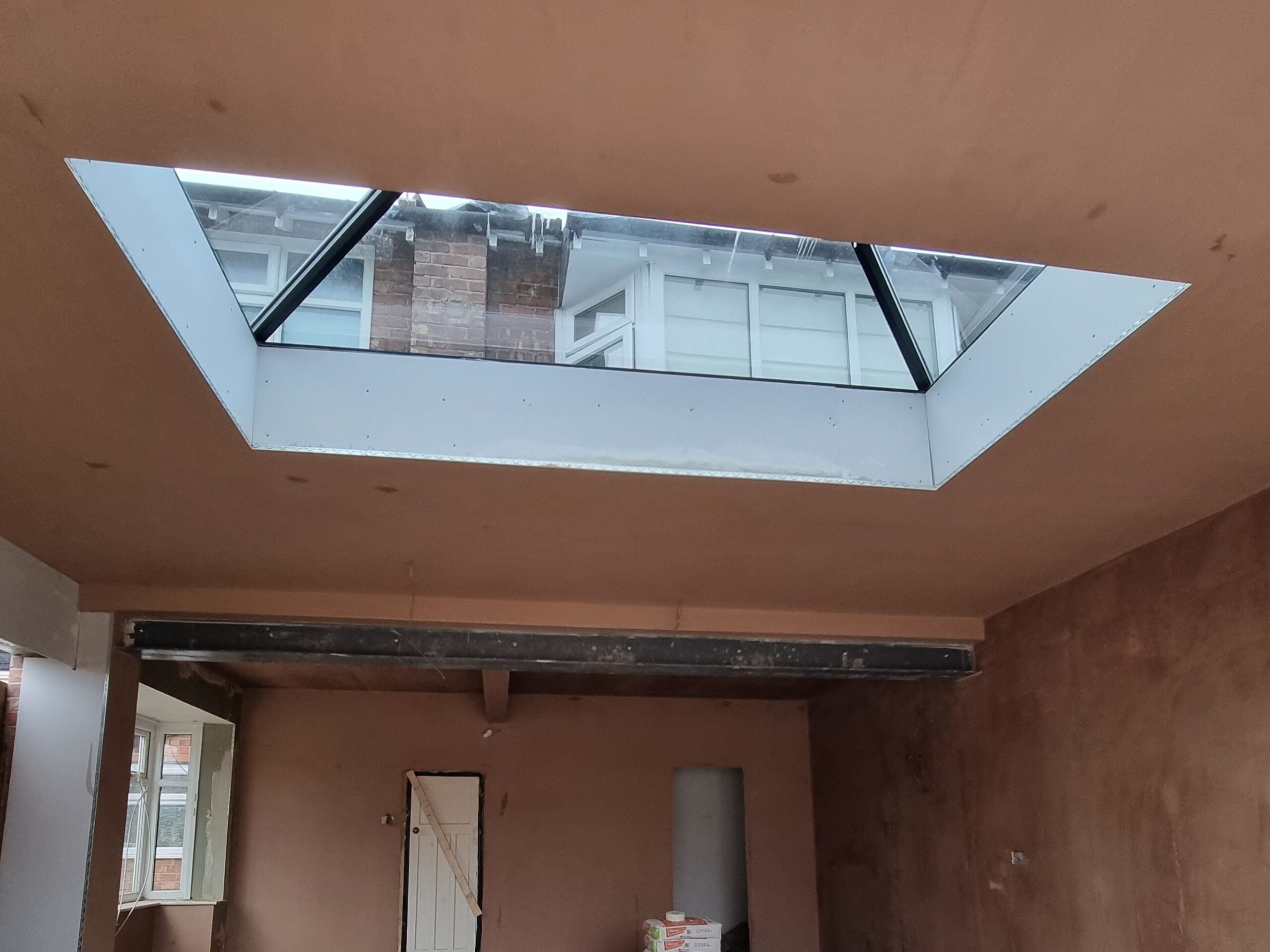A Comprehensive Guide to Learning Plastering Skills for Your Restoration Requirements

Essential Tools and Products
Various important tools serve unique purposes, ensuring efficiency and accuracy throughout the gluing process. A top quality trowel, for instance, is vital for smoothing and applying plaster, while a hawk provides a stable system for holding the product.
Along with devices, picking the ideal plastering products is important. Gypsum-based plasters are typically preferred for their adaptability and convenience of use, while cement-based choices are perfect for outside applications as a result of their sturdiness. Water and bonding representatives play significant functions in attaining proper consistency and bond, ensuring that the plaster adheres successfully to the surface area.
Furthermore, protective equipment such as masks, gloves, and safety glasses is essential to secure versus dirt and irritability throughout the application procedure. By putting together the ideal mix of materials and tools, plasterers can improve their ability and produce top quality surfaces, ultimately raising the overall craftsmanship of their job.
Preparing Surface Areas for Plastering
Accomplishing a long lasting and smooth plaster finish starts with meticulous prep work of the surfaces to be plastered. This fundamental action is essential to guaranteeing bond and the durability of the plaster. Beginning by assessing the condition of the substrate-- whether it is concrete, masonry, or drywall-- getting rid of any kind of loose paint, dust, or particles that might interfere with bonding.
Following, fix any type of imperfections such as openings or cracks. Make use of an appropriate filler to accomplish a level surface area; this can be critical for stopping future issues. As soon as repaired, ensure the surface area is clean and completely dry, as wetness can endanger plaster adherence.
For permeable surfaces, it is a good idea to apply a bonding representative. This product improves bond and creates a dependable interface in between the plaster and substratum. If collaborating with formerly plastered surfaces, it may be essential to scuff or sand the area gently to supply a key for the brand-new plaster layer.
Smudging Techniques and Tips
Mastering smudging techniques calls for both ability and practice to accomplish a flawless coating. One vital strategy is the application of the plaster in several slim layers, rather than a solitary thick layer.
When applying the finish layer, use a troweling strategy that involves holding the trowel at a minor angle and working in a round motion. This assists to create a smooth great post to read surface and lowers the look of trowel marks. Furthermore, maintain a spray bottle of water handy to mist the surface area lightly; this maintains the plaster practical and enables smoother completing.
Timing is important; job effectively, as the plaster begins to set. As soon as the plaster has actually firmed up but is still damp, make use of a moist sponge to carefully smooth the surface better. Last but not least, enable sufficient drying time before sanding or paint, guaranteeing your effort causes a specialist, top notch surface.
Usual Errors to Prevent

An additional usual mistake is using plaster also heavily. Excitable applications can lead to cracking and prolonged drying times. It's necessary to use plaster in slim, also layers, enabling each coat to dry adequately before adding more.
Additionally, not using the right tools can hinder the top quality of the coating. Using unacceptable trowels or mixers can create inconsistencies in the plastering process. Always go with high-grade devices made for smudging jobs.
Last but not least, several people take too lightly the importance of timing. Operating in improper temperature levels or moisture degrees can detrimentally impact plaster treating and drying out. It is a good idea to inspect climate condition and adapt your routine appropriately.
Completing Touches for a Professional Appearance
The last phases of a smudging task are vital for achieving a polished, expert look. When the plaster has actually dried completely, the next step is to analyze the surface for blemishes.
After fining sand, it's a good idea to cleanse the surface to eliminate any kind of dust and debris. A moist towel is efficient for this objective, followed by a detailed drying period. If needed, using a thin layer of completing plaster can boost the surface additionally, providing a smooth coating.
Once the completing plaster is completely dry, another round of fining sand might be required to accomplish the preferred level of smoothness. Ultimately, consider applying a primer before painting or wallpapering, which will boost attachment and sturdiness.
Verdict
Mastering plastering skills considerably enhances the high quality of improvement tasks. A thorough understanding of important devices, surface area prep work, and reliable strategies is vital for accomplishing specialist outcomes.
Water and bonding agents play considerable functions in achieving correct consistency and adhesion, ensuring that the plaster sticks successfully to the surface. Plastering.


Furthermore, maintain a spray bottle of water handy to haze the surface gently; this keeps the plaster practical and allows for smoother ending up. (Plastering)
If required, using a thin layer of ending up plaster can improve the surface area additionally, providing a smooth surface.